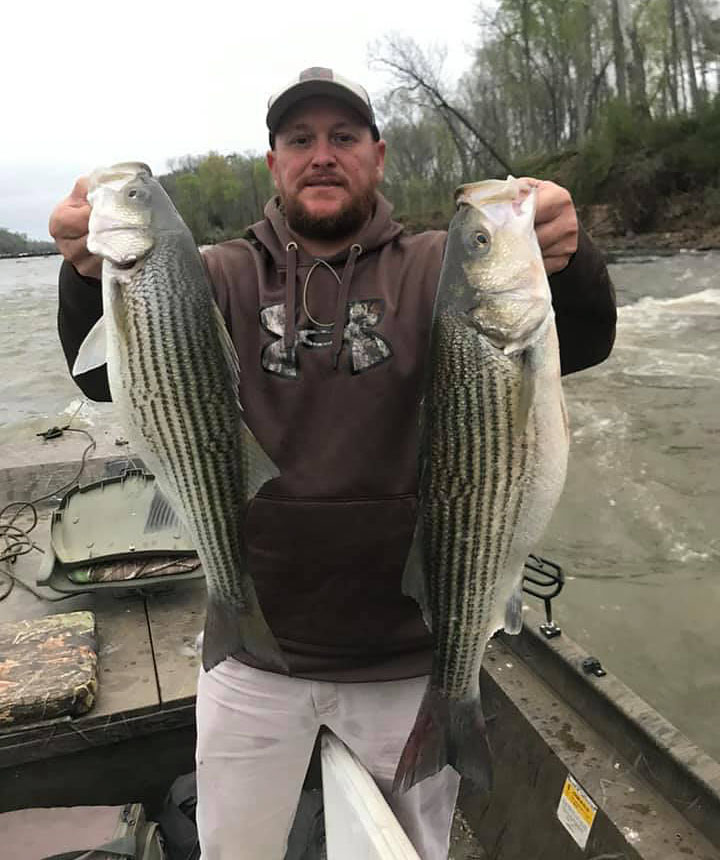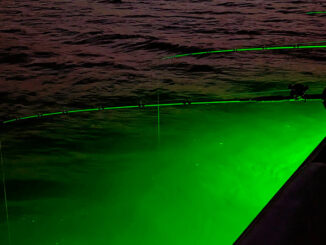
Stripers love the churning waters of this river’s upper reaches
Stripers have been active on many waterways across South Carolina throughout the winter. One place where fishing really picks up in March is the upper reaches of the Wateree River. Fishing there gives new meaning to the fish’s popular nickname: “rockfish.”
“The Wateree River is one of the most-diverse bodies of water in the Midlands,” said Jason Wolfe of Wolfe’s Guide Service. “The upper stretch (from ) just below the Lake Wateree Dam down to the US 1 bridge starts off looking like a mountainous river. It’s full of shoals, rapids, huge rocks and boulders. Within a few miles downriver, the river levels out. The rapids are gone, the water is much calmer and it begins to look more like a Midlands or Lowcountry river.”
Stripers travel the whole length of the river, coming up out of the Santee Cooper lakes. And this month, it’s the rocky areas in the upper portion on which Wolfe focuses. The stripers are active here. Catching them involves casting into the heavy current, the eddies and the slack water around all the big rocks.
“That water ripping through those shoals creates a lot of disturbance,” said Wolfe (803-487-3690). “The stripers love to hang around them, because the water here is highly oxygenated, the current pushes baitfish tumbling through, and the slack areas in between give the stripers a place to take a break out of the current to wait for the baitfish tumbling by.”
Wake baits are top choices here
Wolfe uses wake baits, casting them into the churning water created by the rocky shoals and using a steady retrieve. The Cotton Cordell Redfin Shad is his go-to lure. He said this relatively inexpensive lure just flat-out works. When the bite slows down or is especially tough, he mixes it up with a Megabass i-Loud, a premium, jointed-body wake bait with a rear prop that provides more movement, action and sound. The rear prop leaves a trail of bubbles that stripers key in on in the slack water.
The section of water from Wateree Dam to the end of the rocks is not an especially large area. But Wolfe said you can spend a whole day in it and never cast to every likely striper hole. It’s also an area that requires caution along with the right equipment.
“You really need an aluminum boat with a jet-drive outboard here,” he said. “You can break a prop and get in some serious trouble real quickly otherwise.”
Wolfe also said it’s a good idea to cast directly behind your boat at times.
“The current break that your boat is making — it doesn’t take long at all for stripers to use that to set up in. They are always looking for anything that breaks the current like that. Once you’re anchored, stripers will show up right in that break and set up to ambush prey. Remember to cast there frequently,” he said.



Be the first to comment